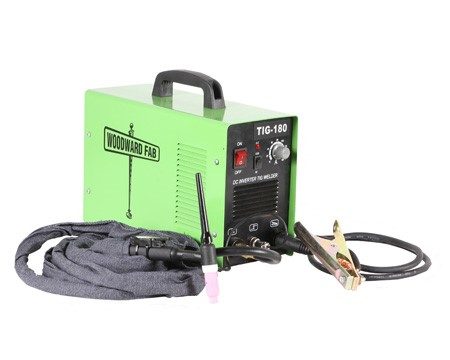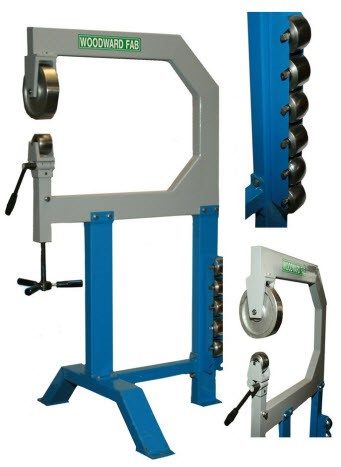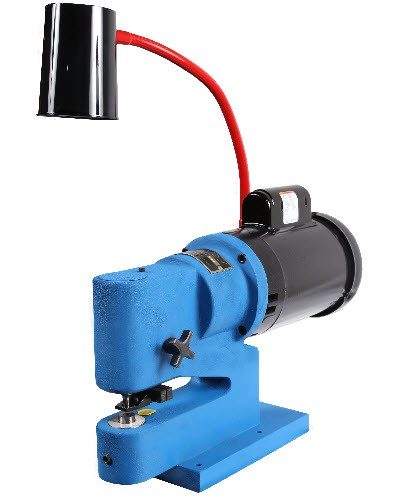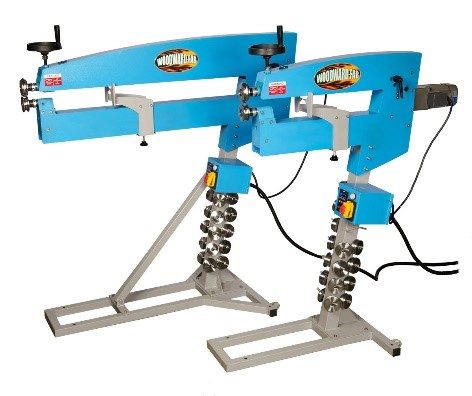Sheet metal is basically a special type of metal, which is formed by industrial processes. This metal is generally formed in flat, and thin pieces. In metalworking, the sheet metal is considered to be the most basic form. This metal is used to produce a wide range of objects that are required on a daily basis. Some major applications of this metal include medical tables, automobile and truck bodies, buildings’ roofs, and airplane fuselages. Based on the application for which it is used, the thickness of the sheet metal can vary. They can come in coiled strips or flat pieces. Various tools are used to bend or cut this metal in different shapes. What are these tools? Read on to know.
Tools Used for Cutting, Bending, or Shaping the Sheet Metal
There are four main types of tools required for processing sheet metals. These tools are as explained below:
-
-
Sheet Metal Bending Tools –
As the name suggests, sheet metal bending is a process in which the metal is bent by keeping its volume constant. Different types of equipment and tools are used for this purpose. Here are some important tools and equipment used for sheet metal bending process:
-
-
- Bench Top Budget Brakes –
This is a wide bench top with a fixed lower beam and a variable upper beam. While bending aluminum, a radius is created with the help of the upper beam of the bench top sheet metal brake.
- Bench Top Budget Brakes –
-
- Bracket Makers –
This is another type of equipment used for bending sheet metal. Brackets of various shapes and specifications can be formed by the bracket maker equipment. The 90° tools and radius tools of this equipment are very helpful in bracket formation.
- Bracket Makers –
-
-
Tools for Sheet Metal Forming –
Sheet metal forming is the process in which the geometry of a sheet metal is altered by application of force. This force is sufficient to plastically deform the material by stressing the metal beyond its yield strength. In this process, material is not removed from the metal.
-
-
- Shrinker Stretchers –
This is one of the most common sheet metal forming tools used today. Shrinker stretcher tool is used to form sheet metal, without the need of heating, cutting, or welding. Smooth radius curves can be formed with the help of this tool. The tool is mainly used to make inside curves. To do this, the metal shrinking is done on one side.
- Shrinker Stretchers –
-
-
Sheet Metal Shearing Tools –
Shearing is the process in which sheet metal is cut in a straight line. Generally, this cutting process is used to make cuts that are parallel to the existing edge. The process also allows you to make angled cuts.
-
-
-
-
- Throatless Hand Shears –
The throatless hand shears feature a heavy steel frame. As the name suggests, the tool has a throatless design. These tools allow you to cut effortlessly, owing to its top blade that is arched.
- Throatless Hand Shears –
-
-
-
- Throatless Rotary Shears –
This tool is a bit more flexible than the hand shears. It allows you to cut any shape. Along with the forged steel frame, the throatless rotary shears, feature an adjustable cutter, and a ratcheting head.
- Throatless Rotary Shears –
-
-
Welding Machine:
- Welding machines play a crucial role in joining sheet metal parts together. They provide a strong and durable bond that ensures the structural integrity of the fabricated components.
- TIG (Tungsten Inert Gas) and MIG (Metal Inert Gas) welders are commonly used in sheet metalworking.
- These machines enable precise control of heat and filler material, resulting in high-quality welds.
- Whether you’re working on automotive repairs, metal fabrication, or DIY projects, a welding machine is indispensable for achieving secure and long-lasting metal joints.

English Wheel:
- The English wheel is a hand-operated machine that proves invaluable in shaping and forming sheet metal. It is particularly useful for creating smooth curves, compound curves, and contours.
- By utilizing upper and lower rolling wheels, the English wheel allows for incremental adjustments to the metal, giving you the flexibility to achieve the desired shape.
- Whether you’re crafting automotive body panels, artistic metalwork, or intricate metal sculptures, the English wheel is a must-have tool for achieving professional and refined results.

Sheet Metal Nibbler:
- When it comes to making intricate cuts and curves in sheet metal, a sheet metal nibbler is an essential tool.
- This handheld device cuts through sheet metal with precision and minimal distortion, allowing you to create intricate shapes and patterns.
- Whether you’re working on electrical enclosures, HVAC ductwork, or jewelry-making, a sheet metal nibbler provides the control and accuracy required for detailed cutting.

Sheet Metal Roller:
- Sheet metal rollers, also known as slip rolls, are indispensable for shaping and forming sheet metal into cylindrical or conical shapes.
- They allow for the creation of tubes, cylinders, and curved components with ease and precision.
- Whether you’re manufacturing pipes, architectural features, or custom ductwork, a sheet metal roller provides the necessary versatility for achieving smooth and consistent curves in your sheet metalwork.

- By utilizing these essential tools in sheet metalworking, you can tackle a wide range of fabrication tasks with confidence and precision.
- Each tool serves a specific purpose in cutting, shaping, joining, and forming sheet metal, enabling you to bring your creative visions to life or accomplish professional metalworking projects with efficiency and quality.
- If you are looking out for quality metalworking tools, it is best to deal with the experts such as Woodward Fab, who have good experience.
Related Post:
- Tool Mastery: How Expertise with Your Equipment Impacts Sheet Metal Results
- How the Electric Vehicle market is driving changes in sheet metal fabrication technology
- Sheet Metal Bend Relief Guidelines: Ensuring Successful Fabrication
- Cold Rolled Steel Sheets vs. Hot Rolled Steel Sheets: Which is Right for Your Project?
- Essential Tools and Equipment for Ductwork Fabrication: Ensuring Efficiency and Quality



